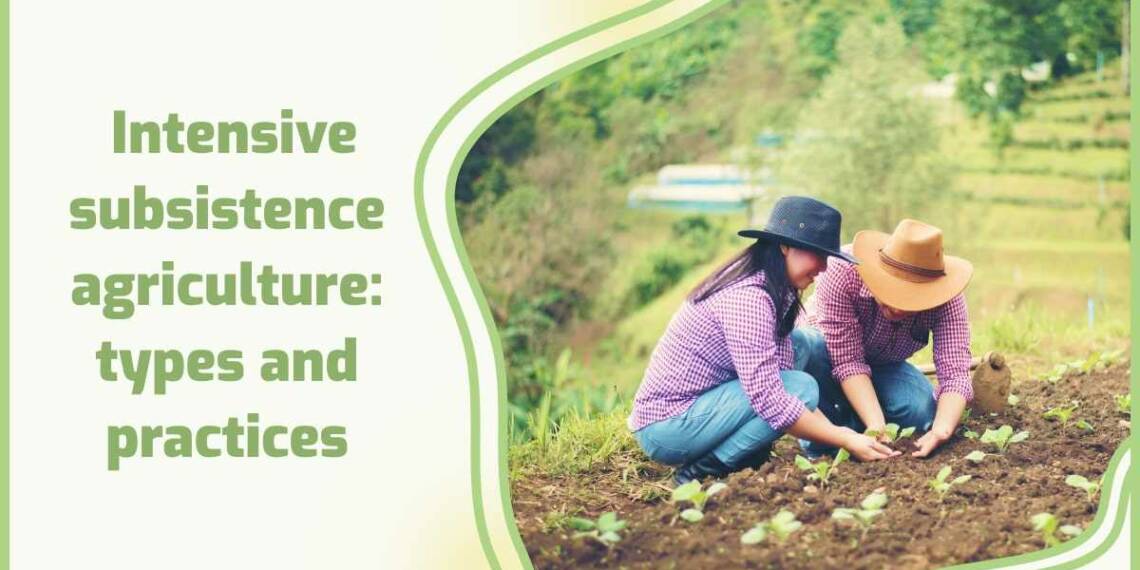Welcome, students, parents or teachers in this article we are going to give you the answer of What do you mean by subsistence intensive farming? 5 Benefits. Take a note that in exams you can add more points in answer to score more. To earn extra marks you can explain it in about 300 words. Thanks for reading the answer.
What do you mean by subsistence intensive farming?
Subsistence intensive farming refers to a type of farming system where farmers primarily grow crops and raise animals for their own consumption and survival, rather than for commercial sale or trade.
This type of farming is often found in developing countries, where farmers may not have access to advanced technology or resources, and must rely on their own labor and resources to produce enough food to feed their families.
Subsistence intensive farming typically involves small plots of land and manual labor, and may involve a variety of crops and animals, including grains, vegetables, fruits, and livestock.
What do you mean by subsistence intensive farming? 5 Benefits
Subsistence intensive farming refers to a type of farming where the primary goal is to produce enough food to meet the needs of the farmers and their families, rather than producing surplus crops for commercial sale.
Food security: The primary benefit of subsistence intensive farming is that it ensures that the farmers and their families have enough food to meet their basic needs.
Low cost: These kind of farming typically requires minimal investment in inputs, such as fertilizer and equipment, which keeps costs low.
Sustainable: Subsistence intensive farming systems are often more sustainable than commercial farming systems, as they rely on traditional farming methods and local resources.
Cultural preservation: These kind of farming helps preserve traditional farming practices and local cultures.
Reduced dependence on external markets: Subsistence intensive farming allows farmers to be self-sufficient and reduces their dependence on external markets for food, which can be vulnerable to price fluctuations and supply shortages.








